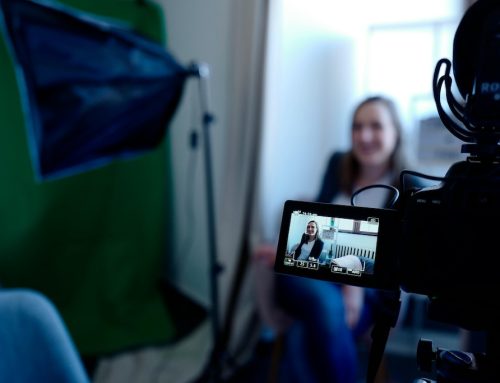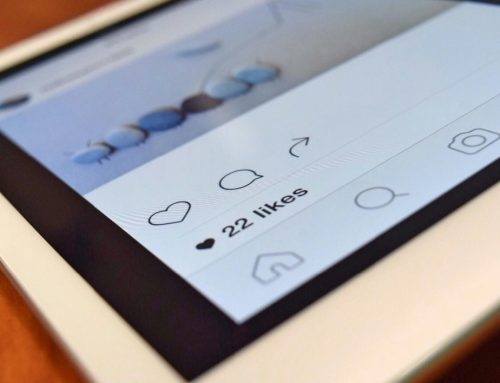The Future of User Experience: How UX Trends in 2025 Will Shape Digital Success
At the end of the day, website traffic means nothing if it doesn’t convert.
Ecommerce conversion rates hover around 2.5% to 3% on average. Even for top-performing sites, that’s a lot of missed opportunities.
If you sell products or services in any digital space, your user experience (UX) matters more than ever; it can mean the difference between a bounce and a sale. The way users interact with your brand determines their journey—and your revenue.
UX design trends for 2025 all drive towards crafting seamless experiences. Let’s take a closer look at how many expect these trends to play out.
Emerging UX Design Trends for 2025
1. AI-Driven Personalization: A UX Game Changer
AI is no longer just an efficiency tool—it’s reshaping user interactions. In 2025, UX designers will increasingly use AI to analyze user behavior in real time, delivering hyper-personalized experiences.
Websites and apps will adapt dynamically, showing custom content based on past user actions. Machine learning algorithms will predict user preferences, from layout adjustments to suggested content. AI-driven chatbots will offer contextual responses, making support feel more human and less robotic.
Users expect digital experiences to feel tailor-made—and AI-driven personalization is the key to making that happen.
2. Proactive Assistance Using Predictive AI
Imagine a website that knows what you need before you do. Predictive AI is making this a reality.
Instead of waiting for users to search, AI will anticipate their needs—offering solutions before they even type. Voice and natural language processing (NLP) will create conversational, intuitive interactions. Smart suggestions, such as autofill and intelligent recommendations, will reduce friction in the user journey.
This shift means businesses must start designing interfaces that offer value before a user even asks for it.
3. Generative AI Content: Dynamic Digital Elements
Static content is fading fast. Users engage more with interactive, AI-generated content that adapts on the fly.
AI-powered tools can now create custom images, text, and videos, ensuring fresh digital content at all times. Brands will use dynamic storytelling, where content shifts based on user actions and preferences. Expect AI to assist in creating interfaces that evolve in real time—keeping users engaged longer.
For UX designers, the challenge is integrating these AI-generated elements seamlessly into the design process without making interactions feel artificial.
4. Cross-Platform & Multi-Device Experiences
Users don’t stick to one device. They might start browsing on their phone, continue on a laptop, and finalize a purchase on a tablet.
A seamless cross-platform experience is no longer a luxury—it’s an expectation.
UX design must ensure smooth transitions between devices without losing data or progress. Interfaces should adjust dynamically to different screen sizes while maintaining consistency. Personalized digital experiences must feel familiar—whether accessed via mobile, desktop, or even smart wearables.
Brands that prioritize cross-device functionality will see higher user satisfaction and retention.
5. Minimalist and Micro-Interactions: Small Details, Big Impact
Minimalism isn’t just about aesthetics—it’s about reducing friction. In 2025, minimalism will evolve, blending sleek design with micro-interactions to enhance user engagement.
Subtle animations, hover effects, and button feedback create a polished, intuitive experience. Designs will strip away clutter, focusing on essential elements while adding a touch of personality. Micro-interactions will guide users through actions—think of a shopping cart gently shaking when an item is added.
These small digital elements add delight without distraction, boosting usability without overwhelming users.
6. Mobile-First Design: The Unshakable Standard
In 2025, users expect flawless mobile experiences. If your site isn’t mobile-optimized, you’re losing conversions. Mobile-first design means prioritizing speed, clarity, and touch-friendly elements.
Google’s mobile-first indexing makes it clear: SEO and UX go hand in hand.
For UX designers, the challenge is ensuring that simplicity doesn’t mean boring—hence the rise of bold typography, color contrasts, and interactive storytelling.
7. Redefining Simplicity with Flair
The “flat, sterile” minimalism of past years is evolving. Users still crave simplicity—but they also want personality.
Expect bold yet clean typography, striking color contrasts, and hand-drawn or playful design elements. Bento box layouts—modular, card-based UI structures—will gain traction, helping users navigate with ease. Motion and micro-interactions will add character while keeping designs intuitive.
It’s minimalism without monotony.
8. Morphism: Adding Depth & Playfulness to UX
Neumorphism was a buzzword, but morphism is the real game-changer. This design approach adds depth, layers, and fluid transitions to interfaces.
Think soft shadows, glass-like transparency, and fluid effects that create a tangible digital experience. Users engage more with realistic, touch-friendly elements that feel intuitive. It’s a blend of flat design and realism, bringing a fresh, dynamic look to UI/UX design.
As UX evolves, expect morphism to play a bigger role in making digital interactions feel more natural.
Need a UX Refresh? Let’s Talk.
Your business needs more than clicks. It needs results.
At BlueHat Marketing, we build SEO strategies that rank, PPC campaigns that convert, and websites that work as hard as you do because a pretty website means nothing if it doesn’t drive revenue.
Our SEO isn’t about chasing algorithms—it’s about positioning you where your customers are already looking. Our paid ads don’t waste dollars—they bring in leads that matter. And our web design? Built for action, from the first click to the final sale.
Need social media that actually builds your brand? We craft content that connects. Want email campaigns that don’t end up in the void? We write emails people actually open. Every strategy is designed to engage, persuade, and convert.
Ready to see what smart digital marketing can do for your business?





